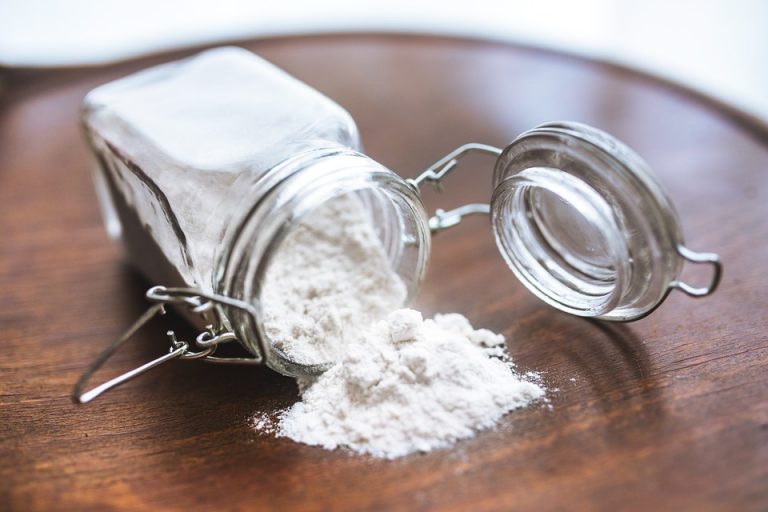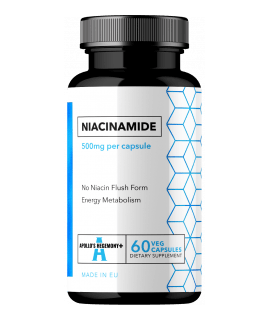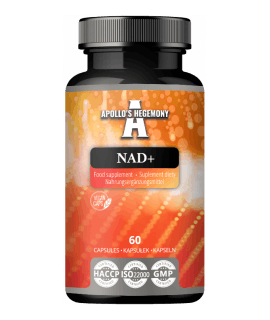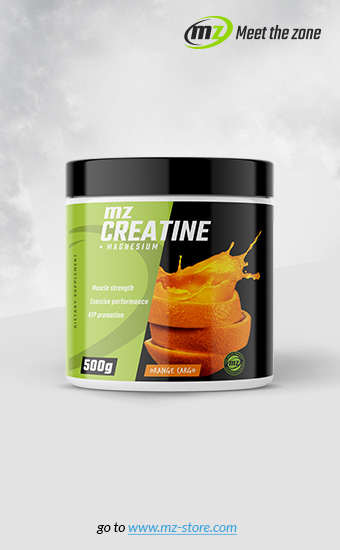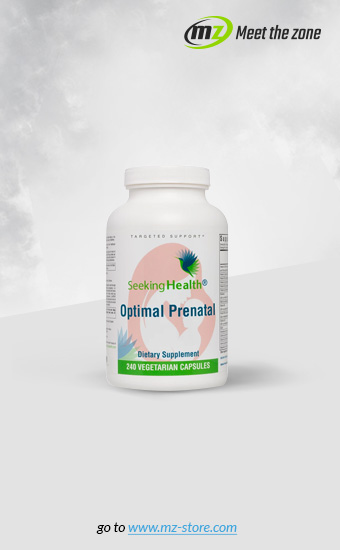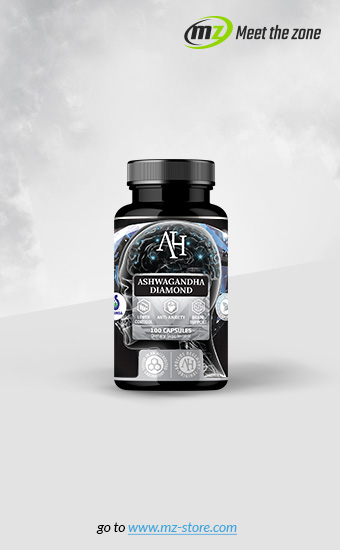In 2014 in the headlines of many western newspapers and websites there appeared warnings against serious toxicity of niacin, which put a question mark over its safety and sense of usage as a cardiac drug. There have also appeared many researchers, who strongly concluded that niacin is harmful and various therapies utilizing it should immediately be ceased, as its therapeutic effects are minor, while side-effects are frightening.
What's the matter?
This is all because of two studies: AIM-HIGH and HPS-2 THRIVE, where the influence of extended release niacin was researched on the people with cardiovascular system diseases.
In the AIM-HIGH study, no beneficial influence of high doses of prolonged release niacin was found (Niaspan, AbbVie) in connection with statin therapy in 3414 patients, who suffered from arteriosclerosis, low HDL level and increased level of triglycerides. The negative health effects were observed, which on a larger scale were also noted in the HPS-2 THRIVE study.
In the HPS-2 study, the analysis of which was published in 2014 in The New England Journal of Medicine, 25.673 people took part at the age from 50 to 80 years, suffering from circulatory system diseases, who were administered 2 g of prolonged release niacin and 40 mg of laropiprant or placebo as a complement to the simvastatin and ezetimibe therapy. The continuation period: median 3,9 years.
In the study, a drug by the company Merck, Tredaptive was used, which is a connection of niacin of modified release and laropiprant. Laropiprant – what is interesting – is a substance that has not been approved by FDA – Food and Drug Administration.
Results of the study
Positive effects of the group taking niacin + laropiprant
- Lowered LDL cholesterol, on average by 0.25 mmol/l.
- Increased HDL cholesterol, on average by 0,16mmol/l.
- Lowered level of triglycerides, on average by 0,37 mmol/l
The number of severe vascular incidents: 13,2% (1696) among people taking Tredaptive and 13,7% (1758) among people receiving placebo.
Side effects – the differences between groups: niacin + laropiprant (NL) and placebo (P).
Mortality: NL 6,2% (798 people), P 5,7% (732).
Undesirable, fatal and non-fatal events: NL 55,6% (7137), P 52,7% (6762).
Among diabetics the number of problems with maintaining sugar control in blood increased, which usually led to hospitalization from 7,5% (P) to 11,1 (NL).
The number of people diagnosed with diabetes, who did not have it at the moment of the beginning of the research: NL 5,7%, P 4,3%.
Serious gastro-intestinal problems (including bleeding and peptic ulcer disease): NL 4,8%, P 3,8%.
Serious musculoskeletal problems: NL 3,7%, P 3%.
Infections: NL 8%, P 6,6%.
Bleedings: NL 2,5%, P 1,9%.
Conclusion of the study
Is this for sure due to niacin?
There are a few doubts concerning this analysis:
- Prolonged release niacin was used in the study; this formula type often demonstrates side effects, which are not observed in the case of simple niacin
- People taking niacin also received laropiprant, which was supposed to reduce niacin erythema; it was not examined if the observed effects were not due to laropiprant (this type of reservation was raised only in the case of bleedings)
- Niacin therapy was used simultaneously with simvastatin or simvastatin and ezetimibe, optionally in the combination: statins + prolonged release niacin + laropiprant.
Against categorical and hysterical press headlines, throwing into one bag all forms of niacin, this research actually does not say anything about plain niacin. It has to be realized that the research concerned modified release niacin with the addition of laropiprant.
In questions and answers to research results, the attention is drawn to two questions:
Should people take prolonged release niacin with the addition of laropiprant now, when the study is finished?
The answer of the researchers is clear and pronounced:
No. HPS2-THRIVE proved that extended release niacin and laropiprant do not reduce the risk of heart attacks and strokes and additionally they increase the risk of side effects. Due to the results of HPS2-THRIVE the producer of extended release niacin supplemented with laropiprant (Merck Sharp & Dohme) decided to cease this drug production and remove it from the market.
Should people take plain niacin in the light of HPS-2 THRIVE research results?
Probably not. The similarity between the results of HPS-2 THRIVE and previous research that tested niacin (without laropiprant) means that it is not very much probable that niacin is beneficial. The question whether plain niacin causes the same side effects as extended release niacin (especially unexpected side effects in the form of bleedings and infections) is less clear and we are currently exploring the results of the previous research to investigate this. The people, who currently take other preparations with prolonged release niacin should discuss these results with their doctors.
The fact how different are the effects of plain niacin and extended release formulas is proven in the results of other research: on niacin toxicity in the liver.
Sources
Effects of extended-release niacin with laropiprant in high-risk patients. HPS2-THRIVE Collaborative Group, Landray MJ, Haynes R, Hopewell JC, Parish S, Aung T, Tomson J, Wallendszus K, Craig M, Jiang L, Collins R, Armitage J. N Engl J Med. 2014 Jul 17;371(3):203-12. doi: 10.1056/NEJMoa1300955 (link).
